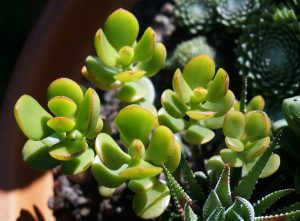USDA Hardiness Zone 9b is a gardener’s paradise, especially during the month of June. As temperatures rise, this region rewards gardeners with the opportunity to cultivate an array of vibrant vegetables, fragrant herbs, colorful flowers, and resilient landscape plants.
Vegetables To Plant
Tomatoes
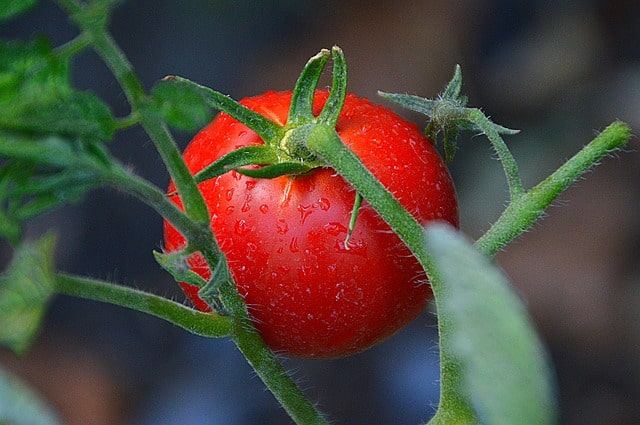
Temperature Tolerance: Tomatoes flourish in temperatures ranging from 55°F to 90°F (13°C to 32°C). They prefer nighttime temperatures above 50°F (10°C) to properly set their fruit.
Planting Details: June is an excellent month to plant tomato seedlings or seeds in Zone 9b, particularly heat-tolerant varieties. You can start seeds indoors in late March or early April or directly sow seeds outside in June, where soil temperatures are conducive (above 70°F/21°C).
Tomatoes are a favorite for many home gardeners due to their versatility in cooking and preservation. They require at least 6 to 8 hours of sunlight daily and benefit significantly from staking or caging to keep the fruit off the ground, reducing the risk of disease. Regular watering, along with mulch to retain moisture, will help prevent the stress of heat and dry conditions.
Peppers
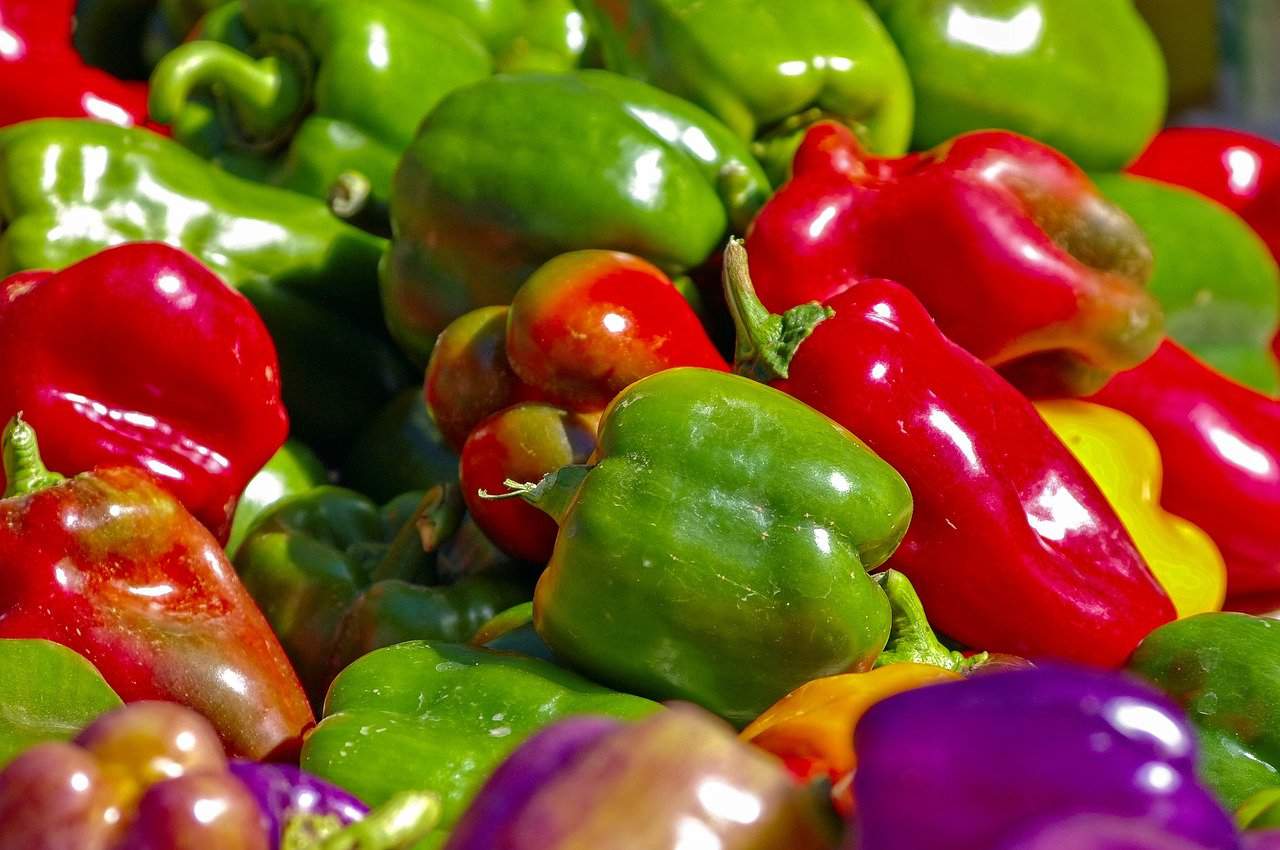
Temperature Tolerance: Bell peppers and hot pepper varieties thrive in temperatures ranging from 70°F to 90°F (21°C to 32°C). They resist cooler temperatures but may struggle during extreme heat above 95°F (35°C).
Planting Details: June is ideal for planting pepper seedlings. If you started seeds indoors in early spring, transplant them into the garden after the last frost, ensuring the soil is warm and moist.
Known for their culinary versatility, peppers can add color and spice to your dishes. These plants also benefit from consistent watering regimes and are sensitive to too much nitrogen, which can lead to lush foliage with few fruits. Intercropping with carrots or onions can help utilize space and enhance growth.
Cucumbers
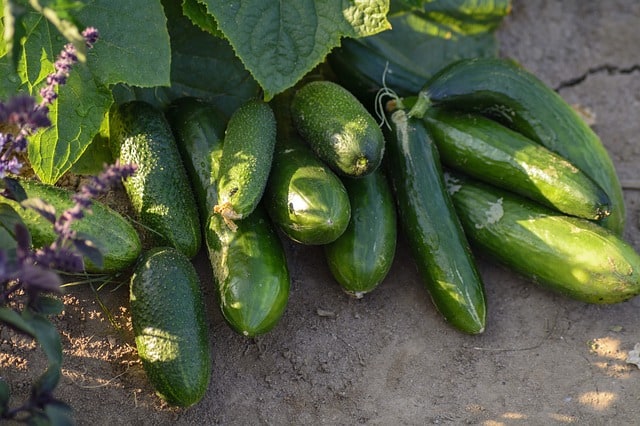
Temperature Tolerance: Cucumbers like the heat but prefer temperatures between 70°F and 95°F (21°C to 35°C). They can suffer stress under extreme heat without sufficient water.
Planting Details: Plant cucumbers directly in the garden once the soil temperature reaches at least 70°F (21°C) in June, allowing for a rapid germination period typically lasting 7-14 days.
Fast-growing and highly productive, cucumbers are best harvested when they are young and firm. Providing a trellis for climbing varieties can maximize garden space and improve air circulation. Regular watering is essential, especially during fruit development, to secure crisp, juicy cucumbers.
Squash
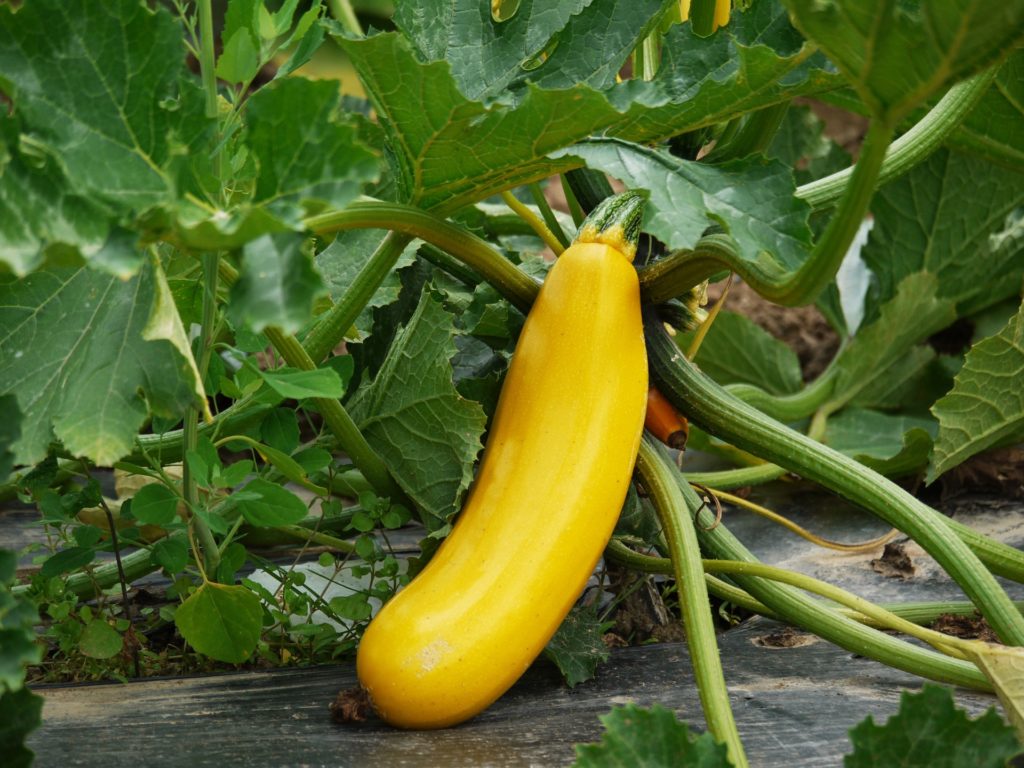
Temperature Tolerance: Both summer and winter squash prefer temperatures from 70°F to 95°F (21°C to 35°C). They are highly sensitive to frost, which can damage the plants.
Planting Details: Squash can be sown directly in the garden in June. For optimal growth, plant seeds once the danger of frost has passed, ensuring the soil has warmed sufficiently.
Zucchini, a popular summer squash, can produce a significant yield when properly maintained. Regular harvesting encourages further production. Be cautious of pests like squash bugs, which can harm the plants; planting marigolds nearby can help deter them.
Beans
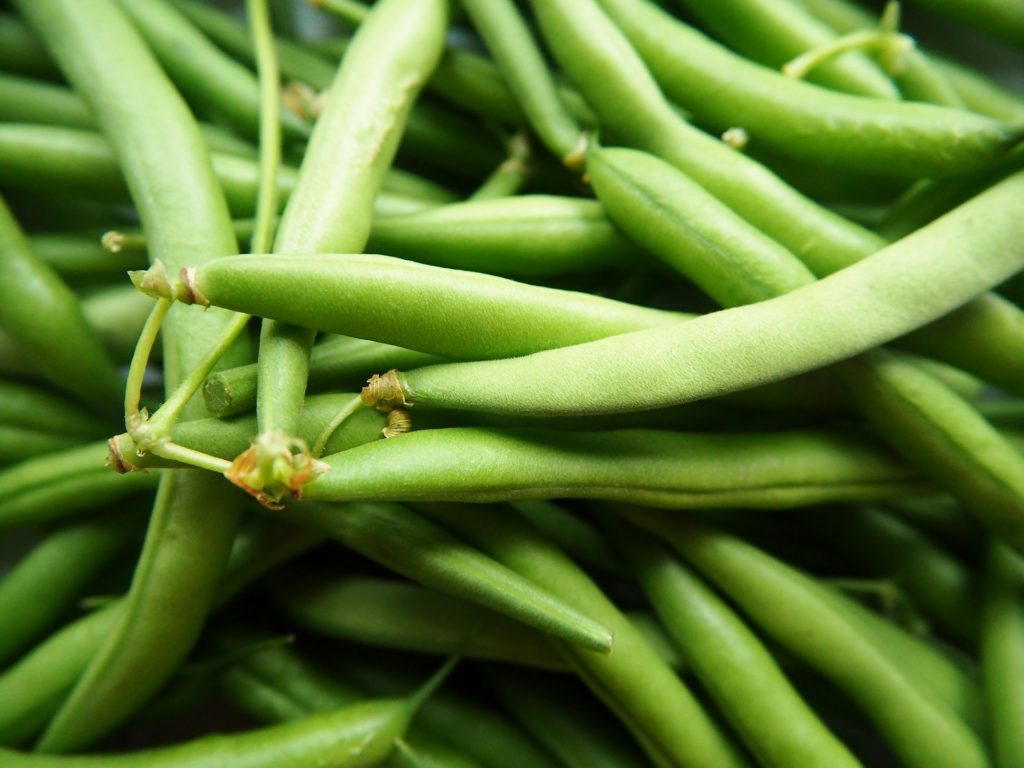
Temperature Tolerance: Beans thrive in temperatures between 60°F and 90°F (15°C to 32°C). They prefer warm weather for seed germination and growth.
Planting Details: Plant bush and pole beans directly in June when the soil temperature exceeds 65°F (18°C). These plants germinate quickly, often sprouting within a week.
Beans contribute to nitrogen fixation, enriching the soil for subsequent crops. They are relatively low-maintenance and can be grown as vertical plants, which saves space. Harvesting regularly encourages extra growth, extending your harvest season.
Eggplants
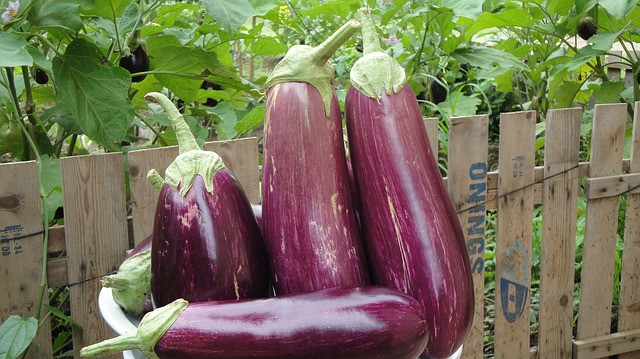
Temperature Tolerance: Eggplants excel in temperatures from 70°F to 90°F (21°C to 32°C). They thrive in warm areas, though consistent watering is essential to avoid stress during high temperatures.
Planting Details: Start eggplant seeds indoors in early to mid-spring, and transplant the seedlings outdoors in June after the risk of frost has passed.
Eggplants require full sunlight and well-draining soil. They are susceptible to pest infestations, such as flea beetles, which can damage leaves; applying row covers can help protect your young plants until they establish. Regularly cutting the fruits when young and glossy ensures the best flavor.
Okra
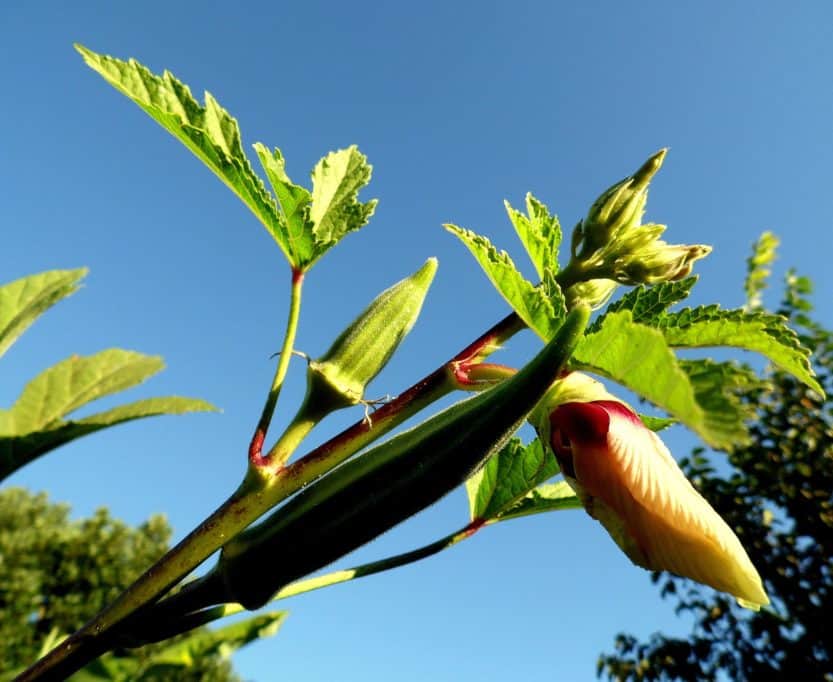
Temperature Tolerance: Okra enjoys hot weather and grows best at temperatures between 75°F and 95°F (24°C to 35°C). It can handle humidity but may not perform well in overly wet conditions.
Planting Details: Sow okra seeds directly in warm soil, ideally in June when temperatures are stable and consistently warm.
Okra is known for its versatility in recipes, adding richness to dishes. It’s a particularly drought-tolerant plant, making it suitable for dry conditions, and is beneficial to pollinators, attracting butterflies and bees to your garden.
Sweet Potatoes
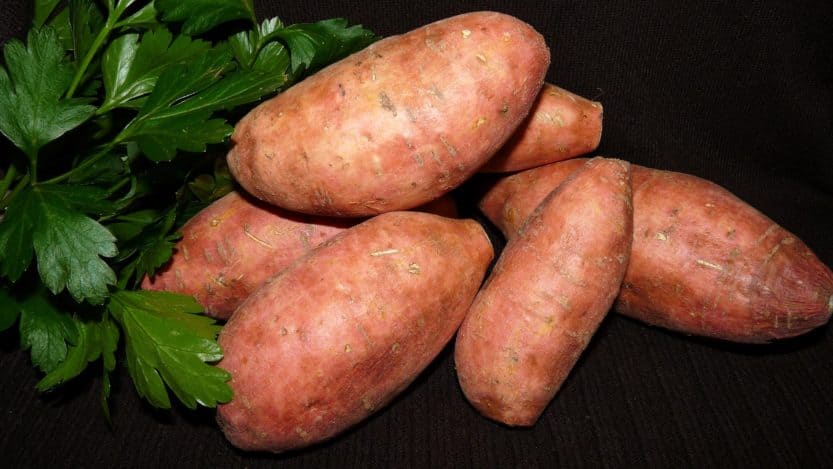
Temperature Tolerance: Sweet potatoes prefer a warm climate, thriving at soil temperatures of 65°F and above (18°C). They do well in hot weather, appreciating consistent warmth throughout their growth.
Planting Details: Sweet potato slips can be planted in June for a late summer harvest, ensuring the soil is well-prepared with loose, nutrient-rich content.
Encourage the growth of sweet potatoes by mounding soil around the base as they grow, which promotes tuber formation. They require consistent watering, especially during dry periods, but should be planted in well-drained soil to avoid rot.
Corn
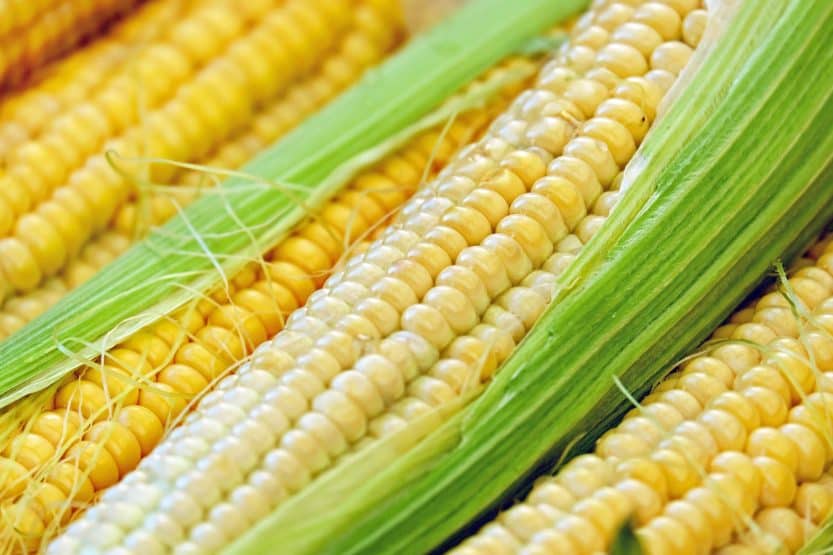
Temperature Tolerance: Corn prefers soil temperatures from 50°F to 86°F (10°C to 30°C). While it can tolerate warmer temperatures, it performs best when nighttime temperatures don’t drop significantly.
Planting Details: Corn can be planted directly in the garden in June, typically in blocks rather than rows to ensure optimal pollination.
Corn’s tall structure creates a vertical garden element, enhancing aesthetics while providing a tasty harvest. Ensure proper spacing and planting in nutrient-rich soil to enhance yield, and watch for pests like corn earworms or rootworms.
Melons
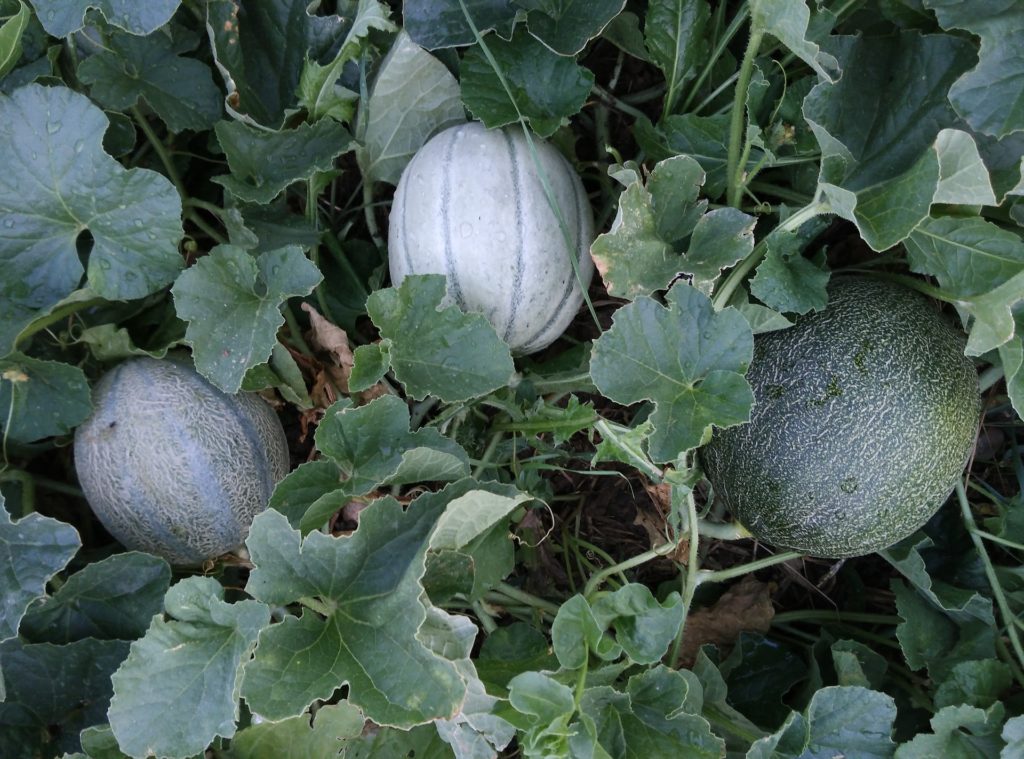
Temperature Tolerance: Watermelons and cantaloupes thrive in warmer temperatures that reach 70°F to 95°F (21°C to 35°C). They require heat to develop sweetness in their fruit.
Planting Details: Sow melon seeds directly into the soil in June, ensuring that the soil temperature is warm enough to encourage germination.
Melons require regular irrigation, especially during fruit set, to maintain sweetness and prevent stress. Spacing is essential; allowing adequate room for sprawling vines will enhance growth, and using mulch helps retain soil moisture.
Flowers To Plant
Zinnias
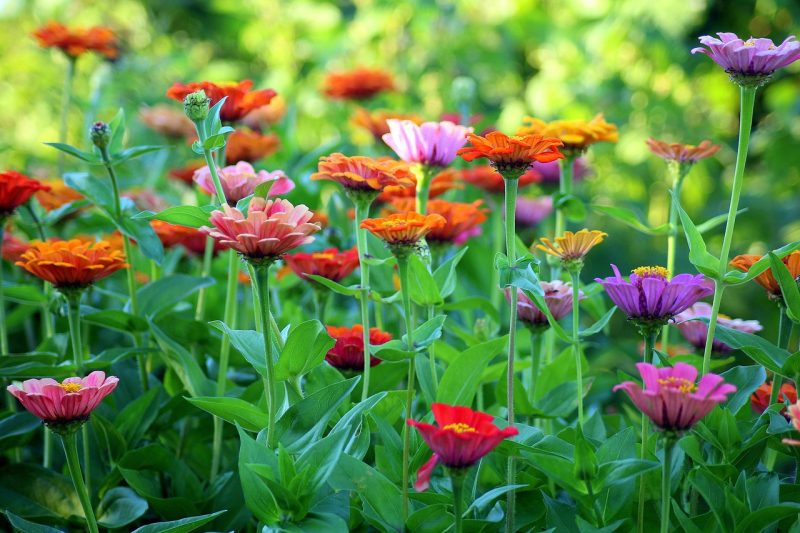
Temperature Tolerance: Zinnias tolerate heat well, thriving in temperatures of at least 70°F (21°C) and can prosper even in the heat of 95°F (35°C).
Planting Details: Directly sow zinnia seeds into well-drained soil in June. They germinate quickly, often sprouting within 7 to 10 days.
Zinnias are resilient plants that bloom all summer with vibrant colors, making them excellent for attracting beneficial pollinators. Regular deadheading will promote more blooms and keep the plants looking vibrant.
Marigolds
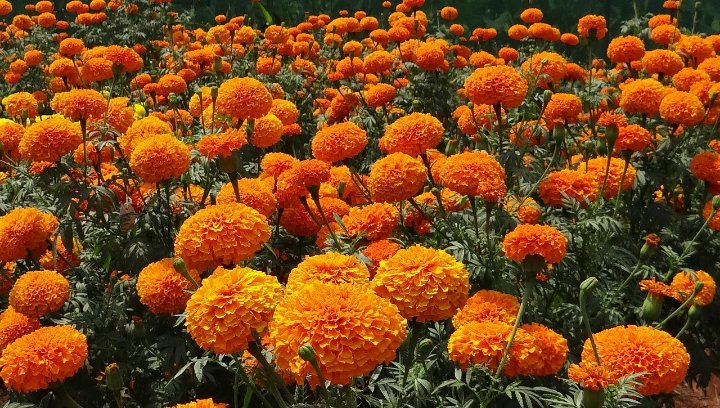
Temperature Tolerance: Marigolds flourish in temperatures around 60°F to 90°F (15°C to 32°C). They are hardy and easily tolerate heat.
Planting Details: Sow marigold seeds directly in the garden in June. They germinate quickly and develop rapidly.
Not only are marigolds beautiful, but they also deter pests like nematodes and aphids. They can similarly be used as companion plants among vegetables, providing ecological benefits while adding vibrant color.
Sunflowers
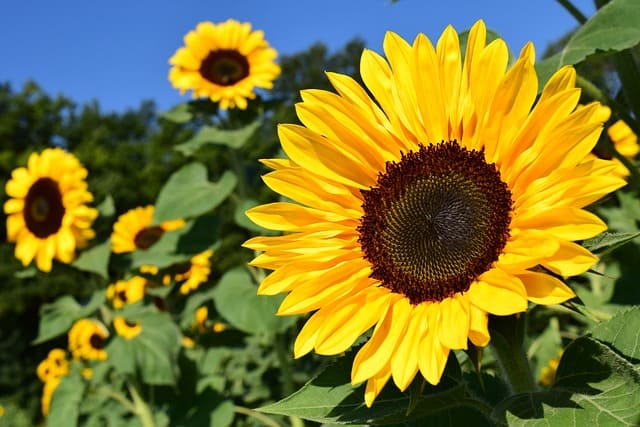
Temperature Tolerance: Sunflowers are heat-tolerant and prefer temperatures between 70°F and 95°F (21°C to 35°C).
Planting Details: Directly sow sunflower seeds into warm soil in June. They usually germinate within 7 to 10 days.
These stunning giants can reach heights of several feet, serving as both a feature plant in the landscape and an attraction for birds and pollinators. The seeds can also be harvested for consumption when ripe.
Cosmos
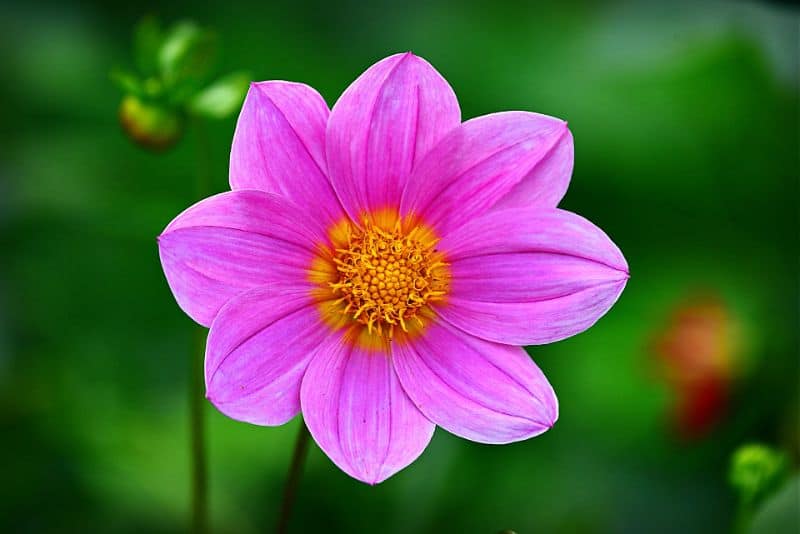
Temperature Tolerance: Cosmos thrive in temperatures of 70°F to 95°F (21°C to 35°C) and can tolerate periods of heat well.
Planting Details: Directly sow cosmos seeds into the garden in June. They germinate readily and can tolerate various soil types, preferring well-drained conditions.
Cosmos produce vibrant blooms throughout summer, attracting butterflies and beneficial insects. They thrive in less fertile soils, making them easy-care options for gardeners looking to add color without heavy maintenance.
Rudbeckia
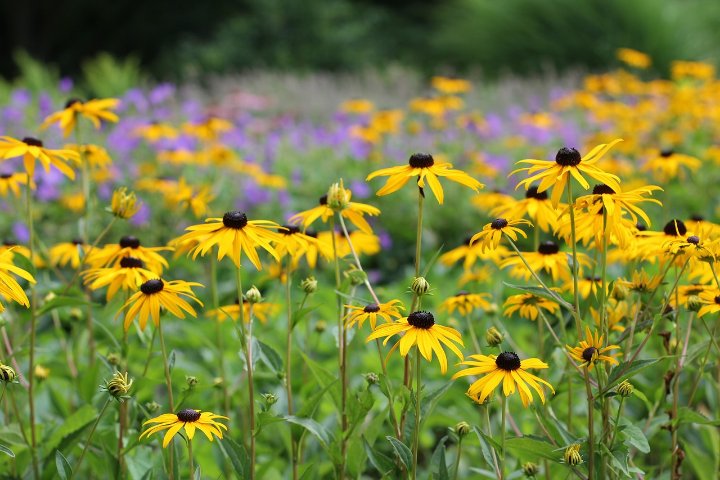
Temperature Tolerance: Rudbeckia (black-eyed Susan) flourishes in full sun and prefers temperatures from 65°F to 85°F (18°C to 29°C).
Planting Details: Plant rudbeckia seeds directly in June, where they will germinate and display gorgeous blooms that last from summer into fall.
These hardy perennials are drought-resistant once established and provide essential nectar for pollinators. Their bright yellow blooms create a cheerful garden environment.
Salvia
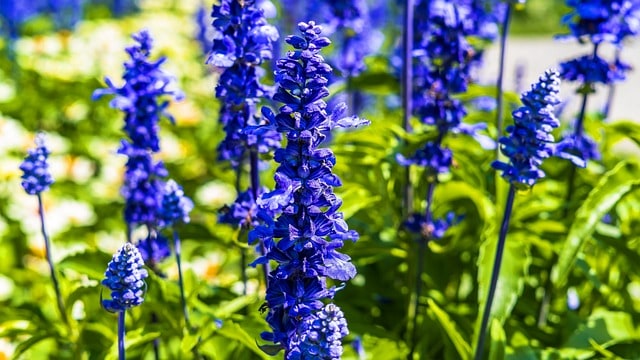
Temperature Tolerance: Salvia performs best in sunny locations and adapts well to temperatures from 70°F to 90°F (21°C to 32°C).
Planting Details: Transplant salvia seedlings or sow seeds directly in June for optimal growth throughout summer.
Salvia attracts hummingbirds and pollinators, enhancing garden biodiversity. It is also tolerable to drought conditions and requires minimal care once established.
Calibrachoa
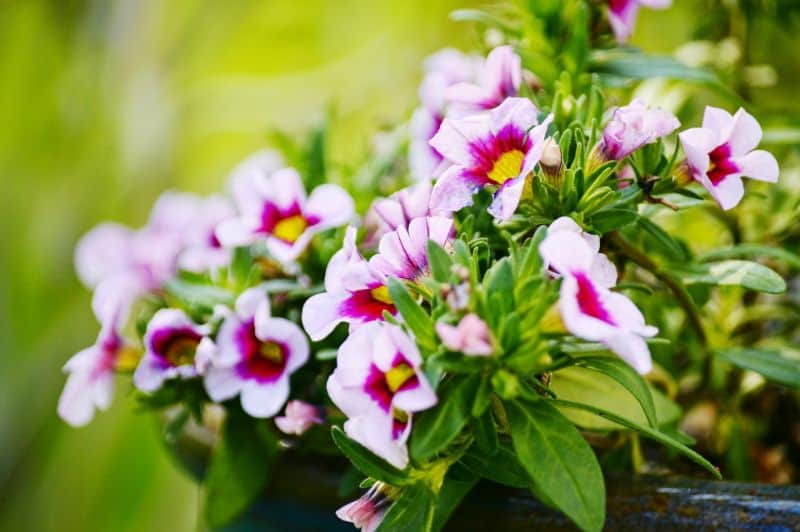
Temperature Tolerance: Calibrachoa (million bells) thrives under warm conditions, ideally in temperatures around 65°F to 95°F (18°C to 35°C).
Planting Details: Plant in June in hanging baskets or directly into garden beds, ensuring they receive full sunlight throughout the day.
Calibrachoa blooms continuously and is an excellent choice for containers. Their compact habit makes them perfect for small spaces, offering a pop of color throughout the growing season.
Petunias

Temperature Tolerance: Petunias enjoy warm temperatures, thriving between 60°F and 85°F (15°C to 29°C), and can grow well in the heat of summer.
Planting Details: Plant petunia seeds or seedlings in June in well-drained soil, which will yield vibrant flowers throughout the summer.
Petunias can be found in various colors and patterns and are versatile in both landscaping and container gardens. Regular deadheading promotes vigorous bloom production and sustained beauty.
Lantana
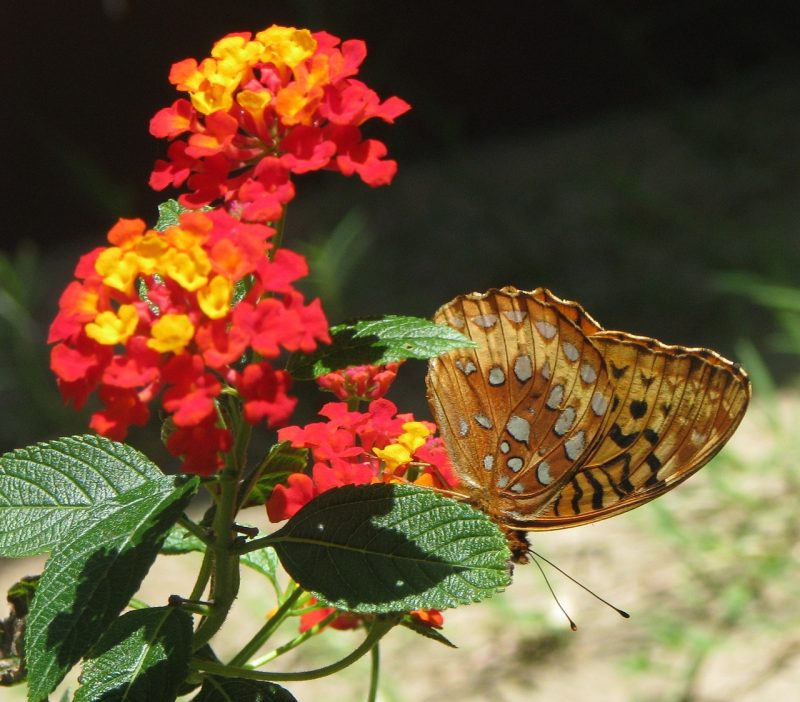
Temperature Tolerance: Lantana supports high temperatures, thriving in the heat of 70°F to 100°F (21°C to 38°C or higher).
Planting Details: In June, lantana can be planted as plugs or transplants, flourishing in well-draining soil under full sun.
This resilient, drought-tolerant perennial attracts pollinators and provides continuous blooms throughout the summer and fall. Lantana is excellent for creating vibrant borders in gardens or landscapes.
Morning Glory
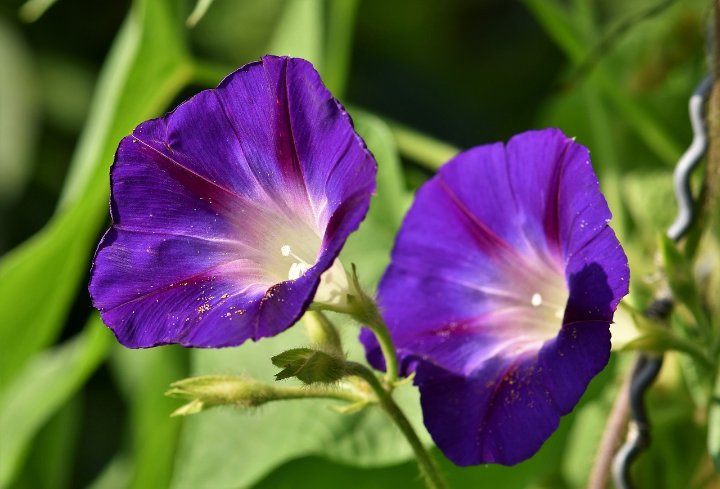
Temperature Tolerance: Morning glories thrive in warm temperatures, effectively growing in conditions around 70°F to 95°F (21°C to 35°C).
Planting Details: Sowing morning glory seeds in June allows these climbing vines adequate time to establish themselves through the summer months.
Morning glories are known for their stunning, trumpet-shaped flowers and vigorous growth, making them perfect for trellises and fences. Regular watering supports robust growth and blooming, enhancing your garden’s ascending visual appeal.
Herbs To Plant
Basil
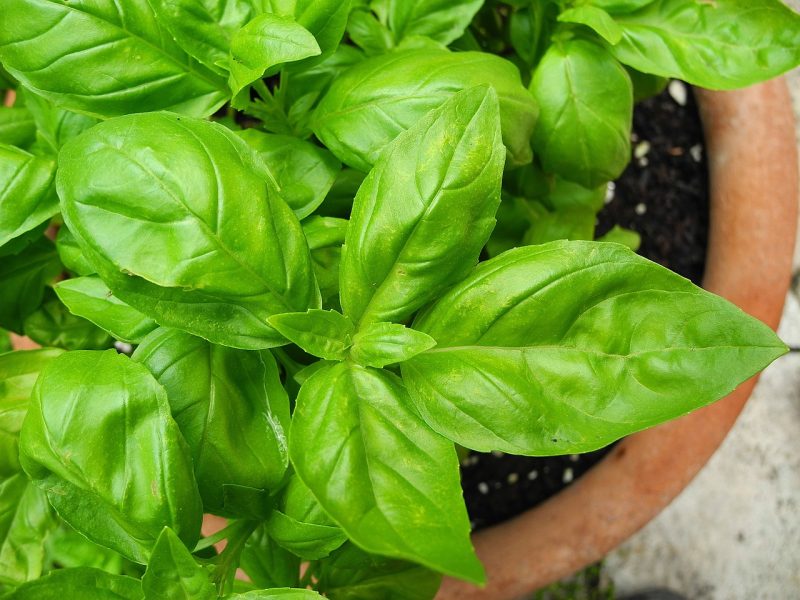
Temperature Tolerance: Basil prefers warm temperatures between 70°F and 90°F (21°C to 32°C), thriving in heat and full sun.
Planting Details: June is the ideal time to plant basil seeds or seedlings directly in rich, well-draining soil to maximize growth.
Basil enhances culinary dishes and is especially suited for companion planting with tomatoes. Regular harvesting promotes bushier growth and helps to prevent the plant from bolting.
Cilantro
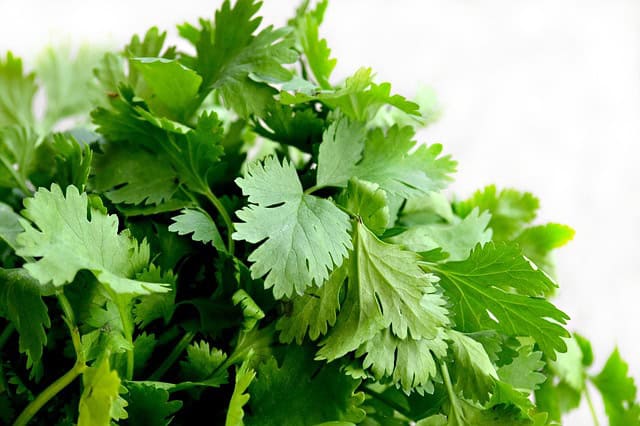
Temperature Tolerance: Cilantro prefers cooler temperatures but can be grown in warmer climates if shaded adequately. Ideal temperatures range from 60°F to 75°F (15°C to 24°C).
Planting Details: Cilantro can be successfully planted in early June, particularly in partial shade to manage heat exposure during peak summer.
Cilantro is often used in cooking, and it bolts quickly in high temperatures. Regular cutting of the leaves encourages continued growth, while its blooms attract beneficial insects, enhancing your garden’s ecosystem.
Dill

Temperature Tolerance: Dill prefers temperatures between 60°F and 75°F (15°C to 24°C) but can tolerate warmer conditions.
Planting Details: Sow dill seeds directly in the garden in June for optimal growth leading into summer.
Dill attracts predatory insects that can help reduce pest populations in your garden. It also pairs beautifully with other summer crops like cucumbers, making it both a fragrant and functional addition.
Oregano
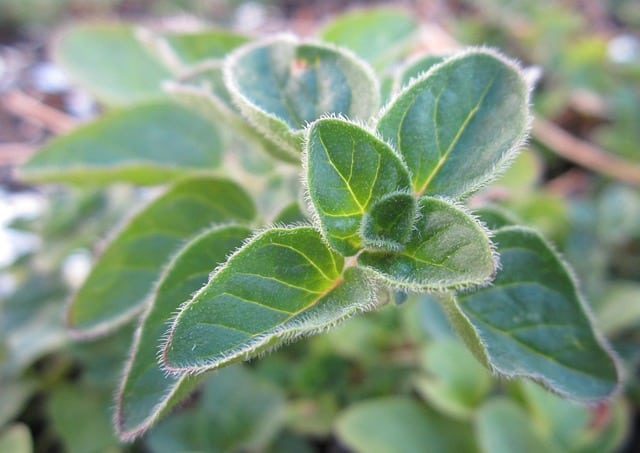
Temperature Tolerance: Oregano thrives in warm climates, performing best between 70°F and 85°F (21°C to 29°C).
Planting Details: June is suitable for planting oregano either from seed directly in the garden or as transplants.
Oregano is a hardy perennial that adds flavor to culinary dishes. It requires full sun and well-draining soil but has low water needs once established, making it perfect for low-maintenance herb gardens.
Parsley
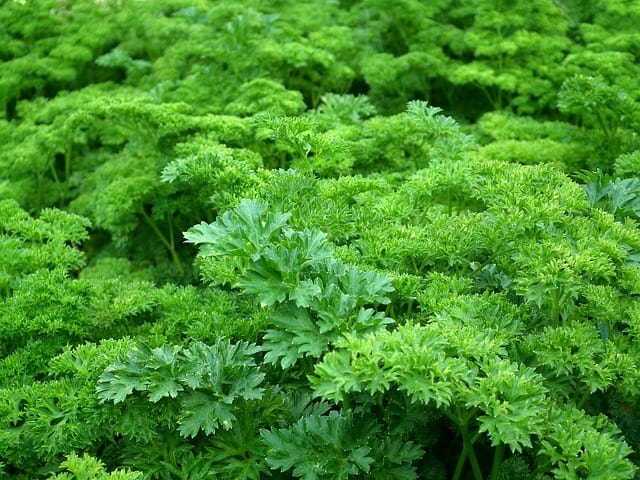
Temperature Tolerance: Parsley prefers moderate temperatures of 60°F to 75°F (15°C to 24°C) and can tolerate some warmer conditions.
Planting Details: Parsley can be sown directly in June, although it does best if started from transplants for a quicker harvest.
Regular harvesting of parsley encourages more growth and prevents flowering. Parsley has culinary uses and is often featured in Mediterranean cuisines.
Chives
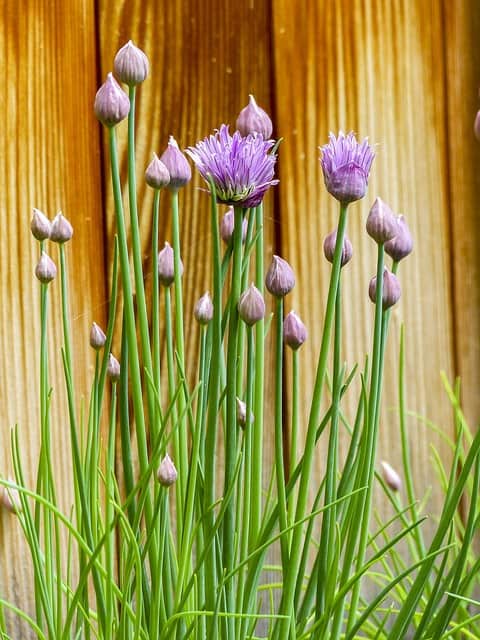
Temperature Tolerance: Chives prefer cooler temperatures but can grow effectively in the warmth of summer, thriving between 60°F and 75°F (15°C to 24°C).
Planting Details: Plant chives in June for continued growth throughout the summer, ensuring they receive adequate sun and moisture.
Chives are perennials, meaning they return year after year, offering fresh flavor. Their beautiful purple flowers are also edible and attract pollinators, enhancing your garden’s beauty and utility.
Thyme
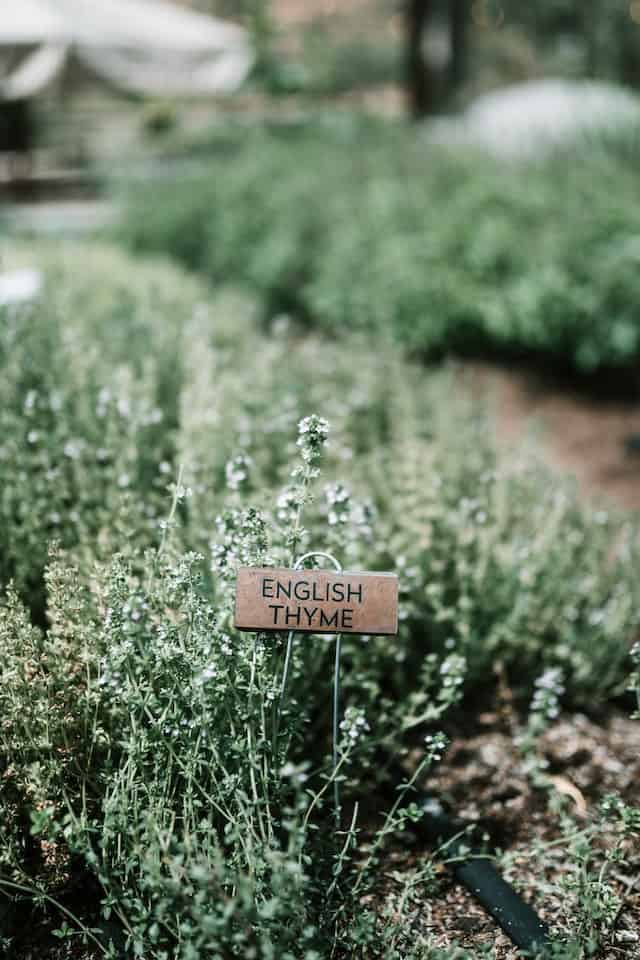
Temperature Tolerance: Thyme thrives in warm climates, favoring temperatures between 70°F and 80°F (21°C to 27°C).
Planting Details: Plant thyme in June in well-draining soil for optimal growth during summer.
Thyme is exceptionally drought-tolerant once established and adds exquisite flavor to dishes. It’s a perfect candidate for xeriscaping, combining beauty with functionality.
Mint
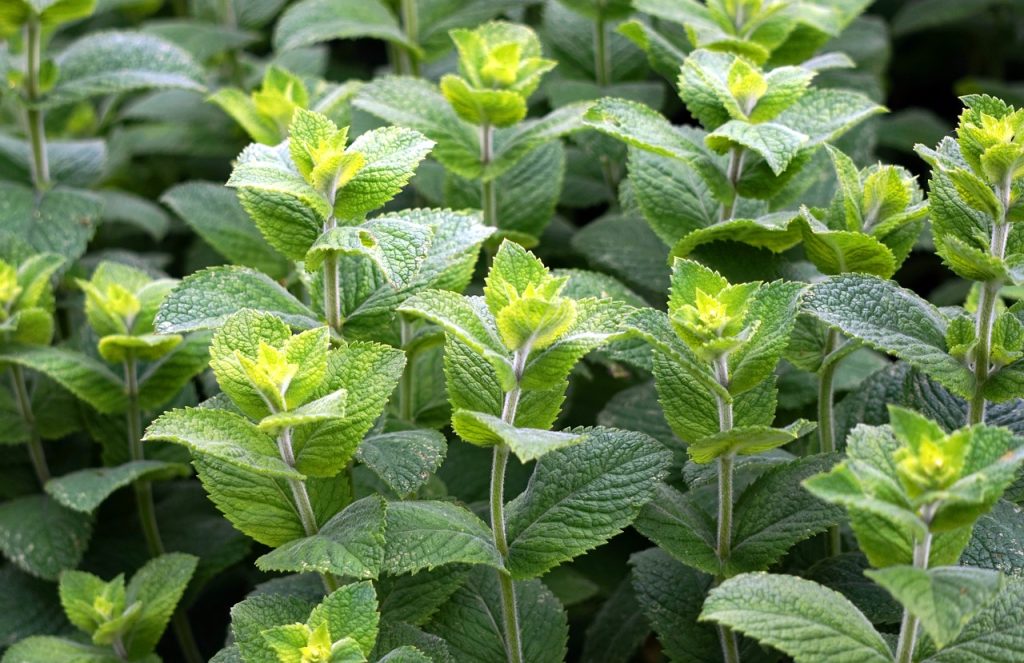
Temperature Tolerance: Mint can thrive in warmer temperatures but prefers moderate conditions around 60°F to 75°F (15°C to 24°C).
Planting Details: June is suitable for sowing mint in cooler, moist areas of the garden or in containers to prevent wild spreading.
Mint is habitual in gardens but can become invasive if not contained. It enhances drinks and dishes with its refreshing aroma. Container planting can keep its growth in check while providing a vibrant addition to various recipes.
Rosemary

Temperature Tolerance: Rosemary adapts well to warmer temperatures and prefers conditions from 70°F to 85°F (21°C to 29°C).
Planting Details: Plant rosemary cuttings or seedlings in June, ensuring they receive plenty of sunlight and well-draining soil for ideal root establishment.
Rosemary thrives in dry conditions and offers aromatic leaves that elevate culinary creations. Its evergreen nature provides beauty and utility throughout the year.
Sage
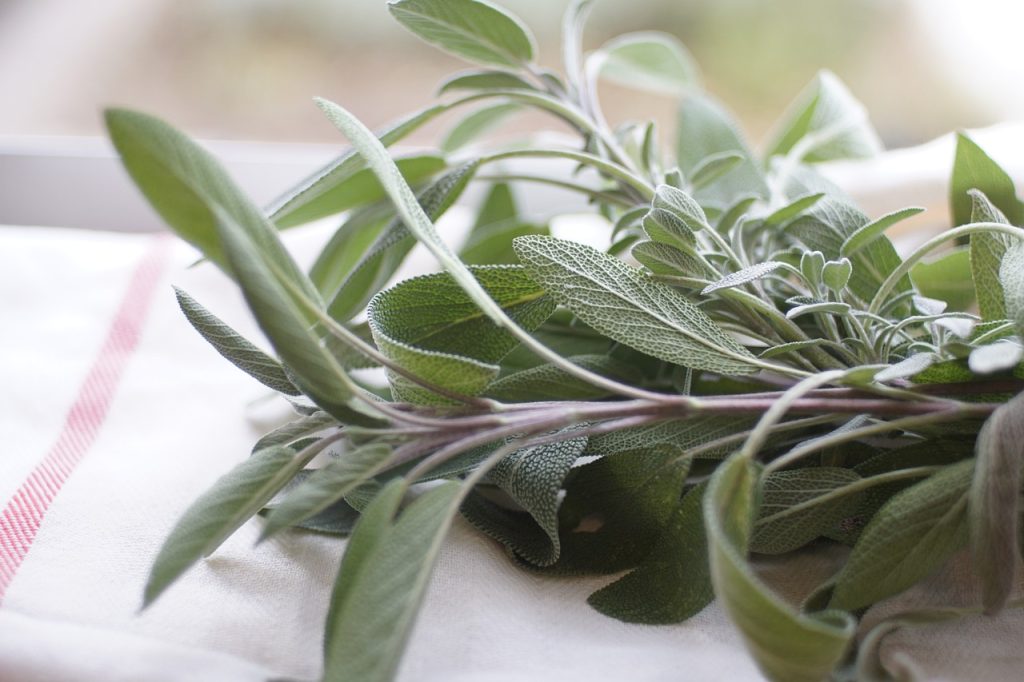
Temperature Tolerance: Sage grows best in temperatures between 70°F and 85°F (21°C to 29°C), becoming more resilient in warmth.
Planting Details: June is a great month to plant sage, allowing the herbs to take advantage of the summer heat.
Sage pairs excellently with meats and seasonal dishes. It is drought-resistant and prefers sandy or rocky soils, making it suitable for low-maintenance growing conditions.
Landscape Plants To Plant In June
Bougainvillea
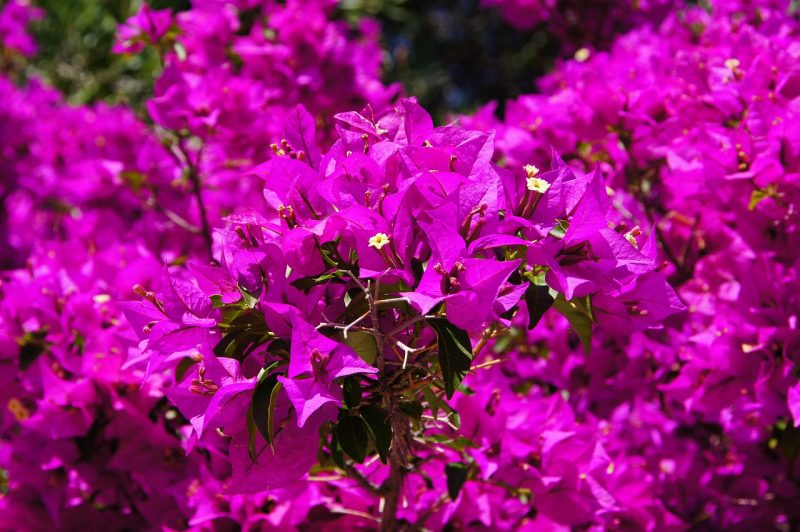
Temperature Tolerance: A climber that thrives best in warm weather, bougainvillea excels in temperatures from 70°F to 100°F (21°C to 38°C).
Planting Details: June is optimal for planting bougainvillea, which should be placed in locations with full sun and well-draining soil.
Bougainvillea’s vivid blooms create stunning vertical displays. This drought-tolerant species is wonderfully resilient, requiring minimal water once established while attracting butterflies and hummingbirds.
Lavender
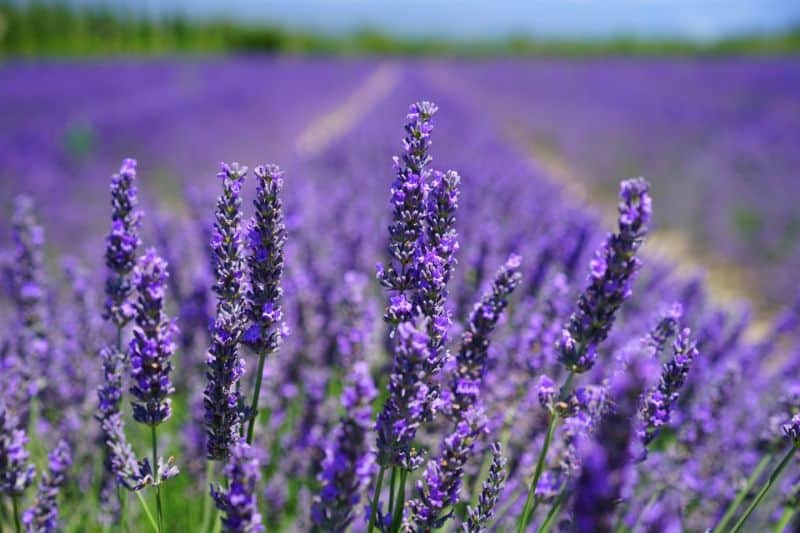
Temperature Tolerance: Lavender thrives in hot, arid climates, ideally growing in temperatures ranging from 70°F to 90°F (21°C to 32°C).
Planting Details: June is the perfect time to plant new lavender, ensuring it is placed in well-draining soil under full sunlight.
This fragrant perennial is not only beautiful but also drought-tolerant. Lavender has numerous uses, from culinary to therapeutic, and attracts pollinators like bees to your garden.
Citrus Trees
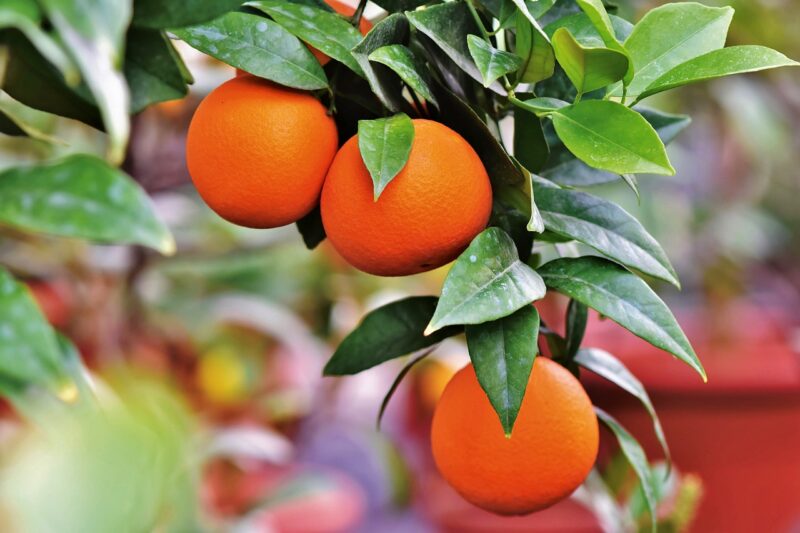
Temperature Tolerance: Citrus trees thrive in warm climates, flourishing best in temperatures from 70°F to 100°F (21°C to 38°C).
Planting Details: June is a suitable time for planting citrus trees, which should be given proper spacing for air circulation and sunlight exposure.
Citrus trees not only provide tangy fruits but also add aromatic beauty to landscapes. Planting them in well-draining soil and providing adequate water, especially during fruit formation, ensures abundant harvests.
Plumbago
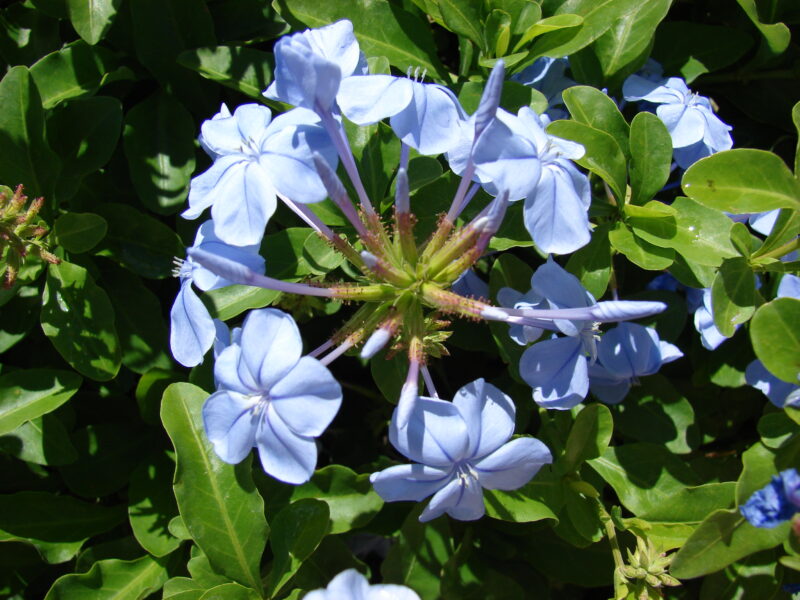
Temperature Tolerance: Plumbago flourishes in warm climates, developing best in temperatures from 70°F to 90°F (21°C to 32°C).
Planting Details: June is ideal for planting plumbago in sunny spots with well-drained soil.
The vibrant blue flowers of plumbago enhance landscapes while attracting butterflies. This flowering shrub is drought-tolerant and can handle poor soils, making it a popular choice for low-maintenance gardens.
Daylilies
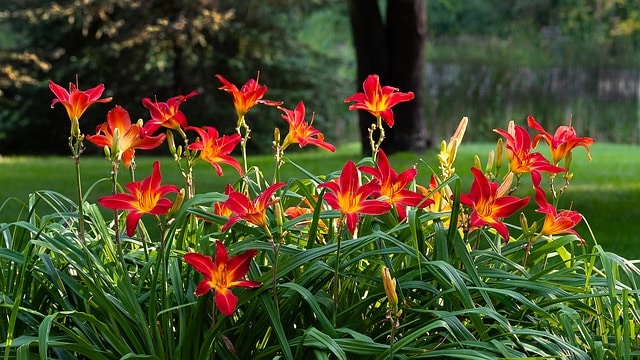
Temperature Tolerance: Daylilies tolerate a range of temperatures but prefer conditions from 60°F to 90°F (15°C to 32°C).
Planting Details: Plant daylilies in June, utilizing well-drained soil and placing them in sunny locations for optimal blooming.
These durable perennials produce lovely flowers throughout the summer and can be used in borders or as standalone features. Their hardy nature requires little maintenance, making them a favorite among gardeners.
Jasmine
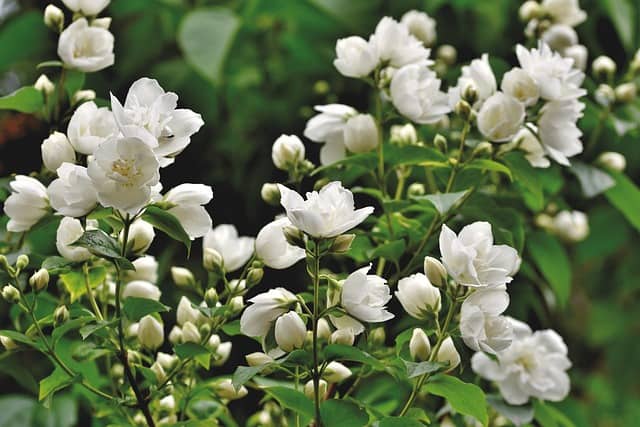
Temperature Tolerance: Jasmine enjoys warm and humid conditions, thriving best in temperatures from 70°F to 90°F (21°C to 32°C).
Planting Details: June is suitable for planting jasmine, particularly in sunny areas or places where they can receive support for climbing.
The intoxicating scent of jasmine flowers creates a delightful atmosphere in any garden, while their climbing nature can beautify fences and trellises. These plants also attract pollinators like bees and butterflies.
Texas Sage
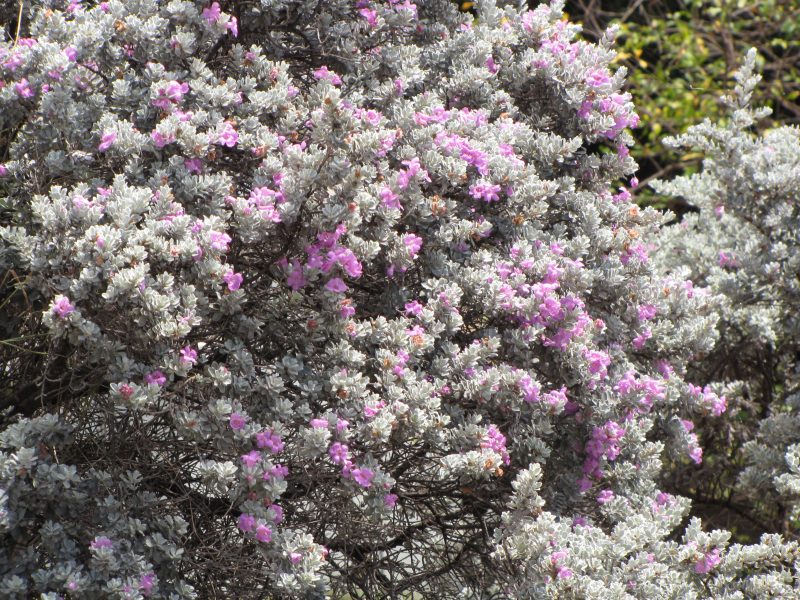
Temperature Tolerance: Texas sage flourishes in high temperatures and prefers conditions of 70°F and above (21°C).
Planting Details: June is an ideal month to plant Texas sage, allowing it to capitalize on the warm weather.
This resilient shrub is drought-tolerant, providing a low-maintenance, attractive option with its striking purple flowers and gray-green leaves. It can also attract butterflies, enhancing your garden’s biodiversity.
Mexican Petunia
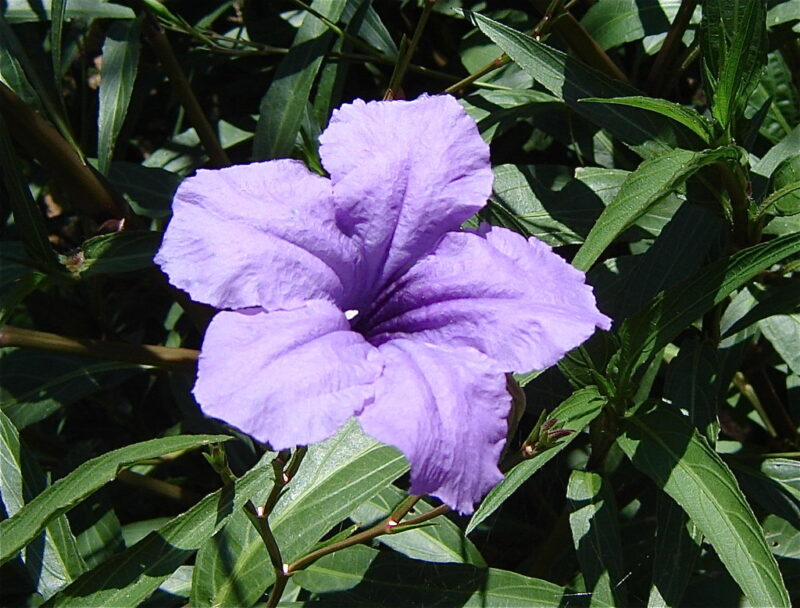
Temperature Tolerance: Mexican petunias thrive in warm conditions, functioning best in temperatures between 70°F and 90°F (21°C to 32°C).
Planting Details: Plant Mexican petunias directly in warm soil during June, where they will quickly take root and grow.
These adaptable perennials can handle both wet and dry conditions, making them versatile additions to gardens. They are highly effective in borders or as ground cover, enhancing the beauty of any landscape.
Agapanthus

Temperature Tolerance: Agapanthus can thrive in warm temperatures between 60°F and 90°F (15°C to 32°C) and prefer full sun.
Planting Details: June is optimal for planting agapanthus as they require warm conditions for optimal growth.
These stunning plants showcase beautiful blue and white flowers, making them ideal for ornamental gardens. They attract bees and butterflies while being relatively low-maintenance, contributing to both visual appeal and ecological health.
Foxtail Fern
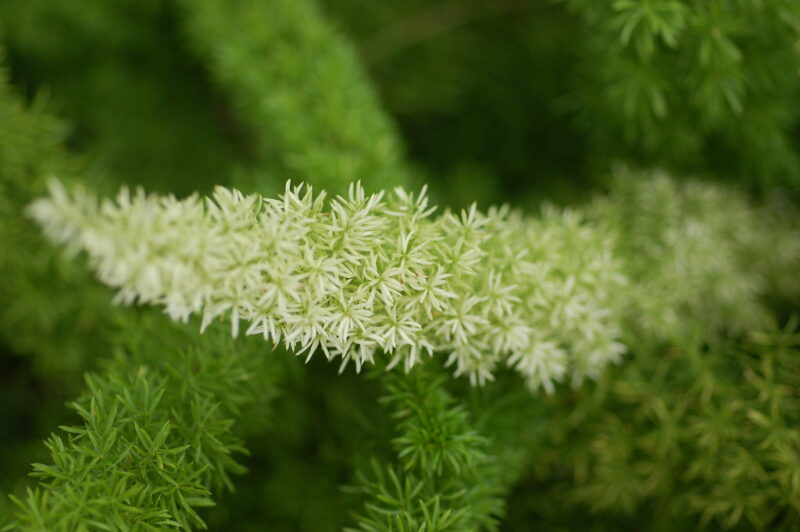
Temperature Tolerance: Foxtail ferns prefer the warmer garden climates of 60°F to 90°F (15°C to 32°C) and can grow in both sunny and partially shaded areas.
Planting Details: June is an excellent time to plant foxtail ferns in well-drained soil to promote healthy growth.
This unique fern provides lush greenery, creating a soft textured layer alongside more robust plants. It requires minimal care, thriving in various conditions, making it a versatile choice for outdoor spaces.



